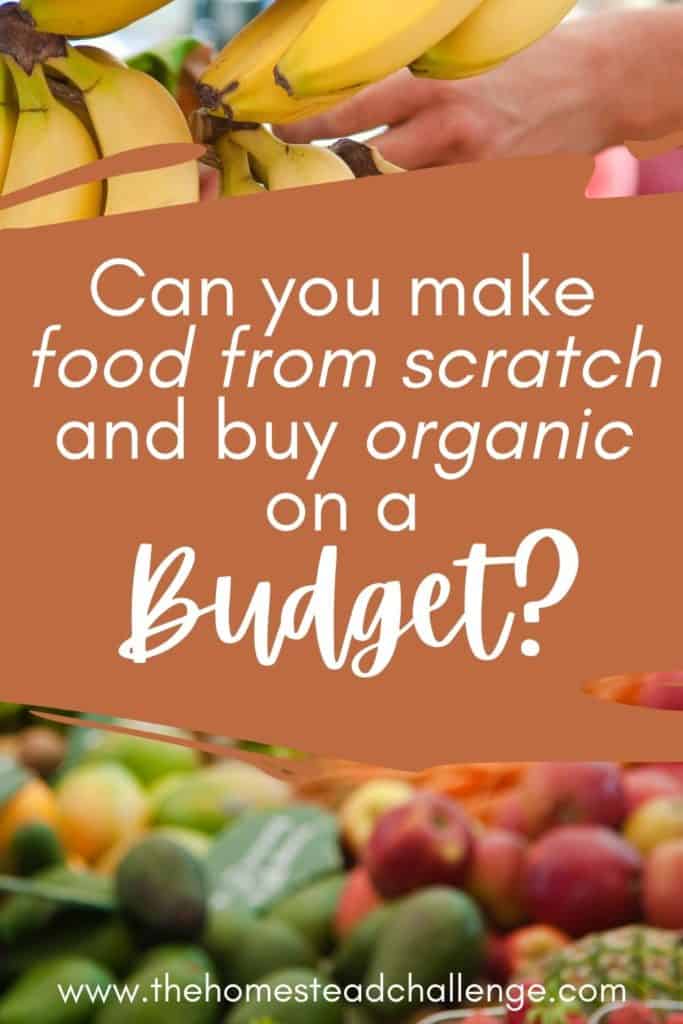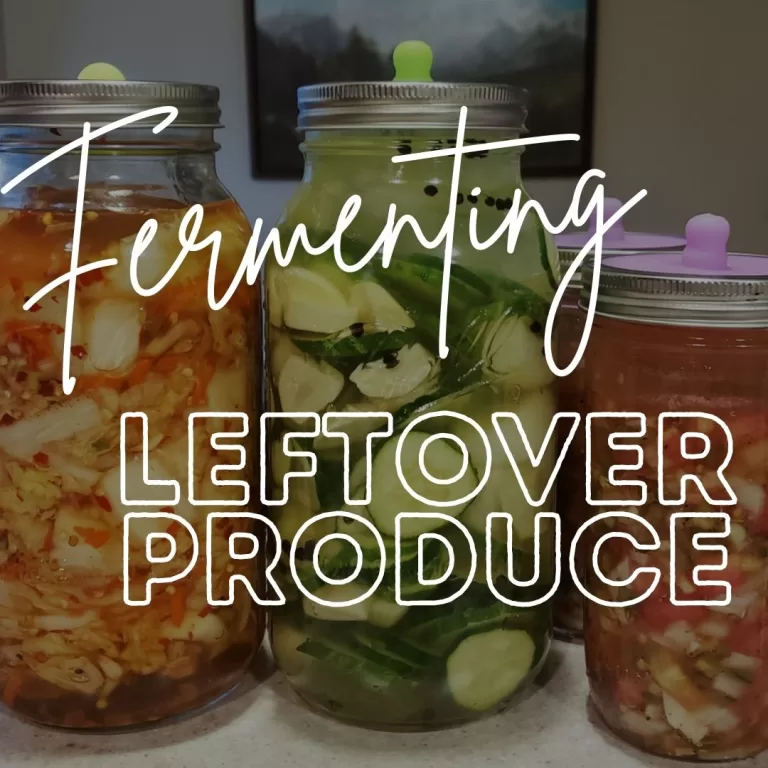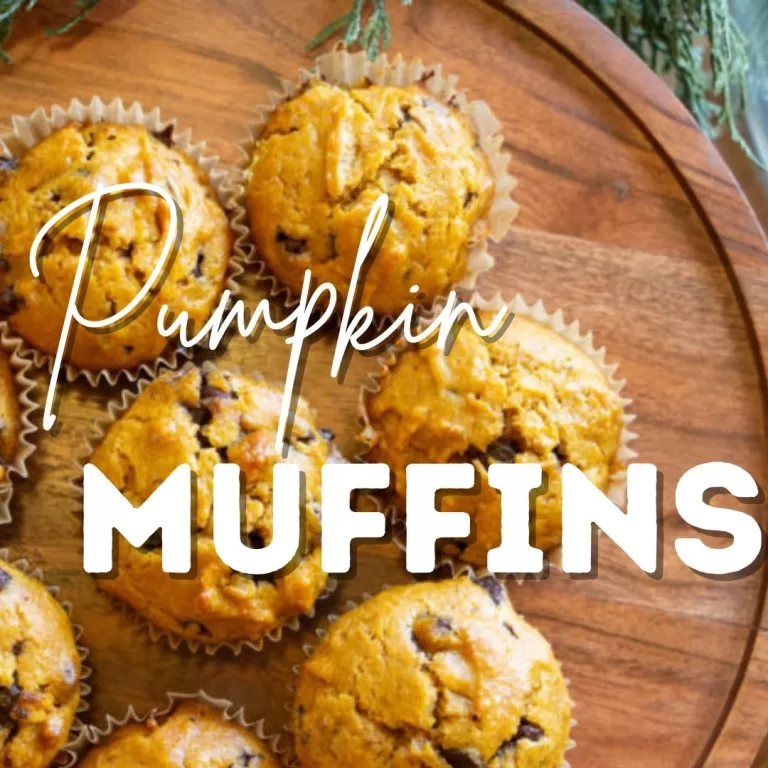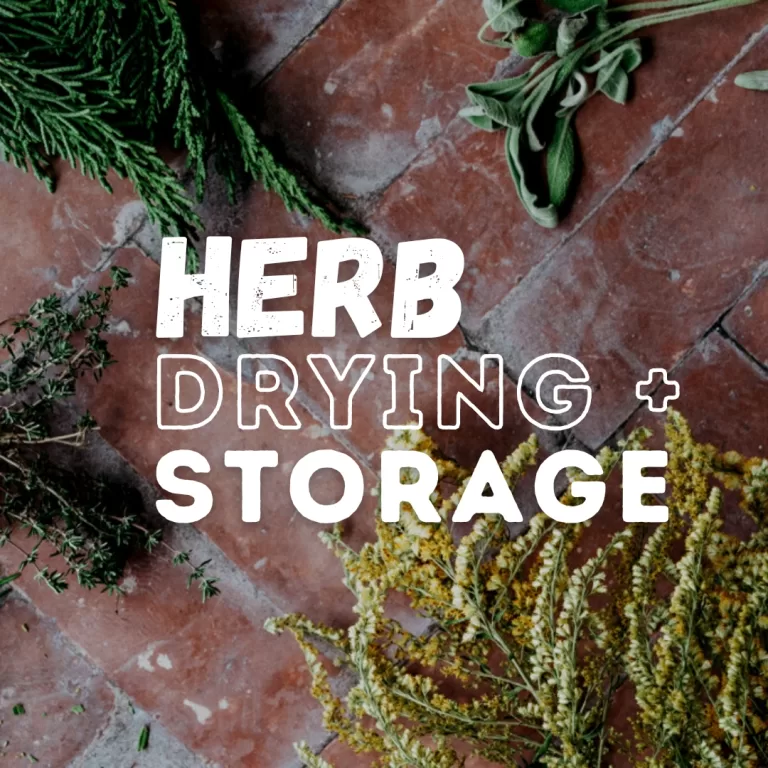Healthy Budget-Friendly Grocery Haul

If you are familiar with my 2021 homesteading goals, you will know that I want to be more sustainable, healthier, and more frugal. With this healthy yet budget-friendly grocery haul, I wanted to see if I could actually do the first two while also being financially savvy.
Today I wanted to bring you along grocery shopping with me to answer some questions about this new “homesteading” way of life that I am trying to live.
- Is eating from scratch really cheaper?
- Is buying organic better/worth the price?
- Can you do all of this on a budget/shopping at a military commissary?
Watch My Healthy Budget-Friendly Grocery Haul!
My Grocery Plan for the Week

Just in case you are interested, we are a family of 2 adults and one toddler. I already had some ingredients on hand.
Here is my dinner plan for the week:
- Sunday: Spicy Sausages
- Monday: Ground Beef, Pepper, and Onion Sourdough Skillet
- Tuesday: Pork Butt and Coleslaw
- Wednesday: Sheet Pan Brats
- Thursday: Cast Iron Skillet Steak and Potatoes
- Friday: Homemade Pizza
- Saturday: Eat Out!
Now that we are done with the haul, I want to provide some insight that I learned while shopping this week.
Is Eating From Scratch Really Cheaper?
So, short answer is that it really depends. However, if you are buying quality food from the store, it will be cheaper to make your own.
This week I kind of failed at the from-scratch living swaps. With this grocery haul alone I discovered several changes I could make that would save me $563.69 in a year! That’s kind of a lot for such a small little haul.

From Scratch Swaps with a Big Impact
If you haven’t watched my video on Sustainable Toddler Snacks, head over and check it out! For a week’s worth of pouches, I could save about $3.52. It doesn’t seem like a lot, but since it is an easy swap with a large sustainability impact, I would say it’s worth exploring.
Next would be the DIY oat milk. I also have a post on this, and it is another easy swap with some added health benefits.
Okay, okay. We all know I shouldn’t drink Coke. This has a large impact on sustainability (Coca-Cola produces about three million tons of plastic packaging a year. Even though I get cans, it’s not a great company to support), health, and finances. So, why can’t I cut it? I don’t know. Leave me alone. We all have vices.
Lastly, making my own bread. I don’t really want to give up my Dave’s organic Good Seed bread and I don’t think I could make it cheaper. But regular white bread and French/artisan bread are very easy and will definitely save me money compared to buying the store-bought organic options (almost $4 a week). Plus, homemade bread is delicious and kind of fun, so I need to be less lazy and just do it.
It seems as though making easy swaps CAN actually save you money.
Saving Money When Buying Organic
So we know that buying organic is generally more expensive. So where can we get the most bang for our buck?
Buying Organic Produce

Honestly, if you are buying produce that is in season, buying organic really doesn’t cost THAT much more for the resulting health benefits. But sometimes we cannot always afford organic, or perhaps you shop somewhere (like the commissary) where the organic section is a little lacking.
Clean 15 and Dirty Dozen
Each year, the Environmental Working Group puts out a list of the produce that is safe to eat non-organic (Clean 15) and the one’s you should really choose organic (Dirty Dozen). They also include a full list of all produce on their website.
Here’s the list from 2020:
Clean 15 (OKAY TO BUY NON ORGANIC)
- Avocados
- Sweet Corn
- Pineapple
- Onions
- Papaya
- Sweet Frozen Peas
- Eggplant
- Asparagus
- Cauliflower
- Cantaloupe
- Broccoli
- Mushrooms
- Cabbage
- Honeydew Melon
- Kiwi
Dirty Dozen (BUY THESE ORGANIC)
- Strawberries
- Spinach
- Kale
- Nectarines
- Apples
- Grapes
- Peaches
- Cherries
- Pears
- Tomatoes
- Celery
- Potatoes
- Hot Peppers
Despite these lists, I try to buy all organic when I can because it is generally better for the environment, even if the health implications are minimal.
However, if you are looking to save some money or if you simply cannot find good organic produce, you can feel okay buying conventional produce form the Clean 15 list.
Looking at the lists, you’ll notice a trend. If it has something you peel off before eating, non-organic is generally okay. If you eat the skin, buy organic.
Some people also argue that buying organic can be cheaper in the long run because of the associated costs with medical problems later on, but I am not going to go into detail about that here. Just something to ponder.
Buying Organic Pre-Packaged Snacks

While the price difference between organic and non-organic produce can be minimal, prepackaged snacks are another story. I have been working on ridding my pantry of prepackaged snacks, but… #toddlerlife.
Just the pictured Annie’s Organic Mac and Cheese is $1.19 more than Kraft for ONE box. So, I am not telling you to buy the Kraft here, but let’s be honest, it’s junk food either way so it probably doesn’t matter.
Here’s what we all should do. Don’t buy the prepackaged snacks. Make it from scratch with organic ingredients. This will be cheaper and healthier. Will I do this? Probably not. But if you are looking to save big bucks, this is it.
Can You Shop Better at the Commissary?

This section is for my military families. Do we wish we had a Whole Foods, Aldi, or Trader Joe’s where we live? ABSOLUTELY. But if you are anything like me, your closest one is a solid 2 hours away and you really don’t have many options.
I am lucky in that my local commissary is new, so it looks pretty nice! However, it has the same crap as all other commissaries. Sometimes the food is scary. ALWAYS check the dates.
But, as much as the commissary has a bad rep, it can be good for a lot of things. Produce and meat are probably best bought from local sources as I mentioned in the haul video (I am working on this goal this year, I swear!). But if you are making things from scratch, the commissary now has a lot of organic staples like flour, sugar, canned veggies, spices, and more. Buying these staples at the commissary will definitely save you money.

Overall, I think that we can truly have it all. If we take the time to make things from scratch and shop in the right places, we CAN afford organic for a more sustainable, healthier, and yes, even more frugal life.
Pin It for Later!








This was so interesting! I love how you did the math. I always feel like I’m spending so much at the grocery store, but I know cooking at home saves us in the health department. I’m sure if I kept better track of my budget it saves quite a bit of money over time as well! I also just started making bread, which my husband loves. It is kind of fun!
I think it all evens out in the long run (especially those medical bills! And for us the big savings is from eating out less). Hooray for bread making! Once you start it is an addiction!!
What great tips and really interesting information!
This post is full of so many good tips! Thank you so much for sharing it.
Thank you for reading <3
Great post and welcome to Alabama. Unfortunately, raw milk is not easy to find here. It’s on my list to source as well this year. If you find some, please share about it 🙂
I will let you know you sure! I think you just have to have an in 😉
Such a great post! I have been making more from scratch too and wondering if it was more frugal!